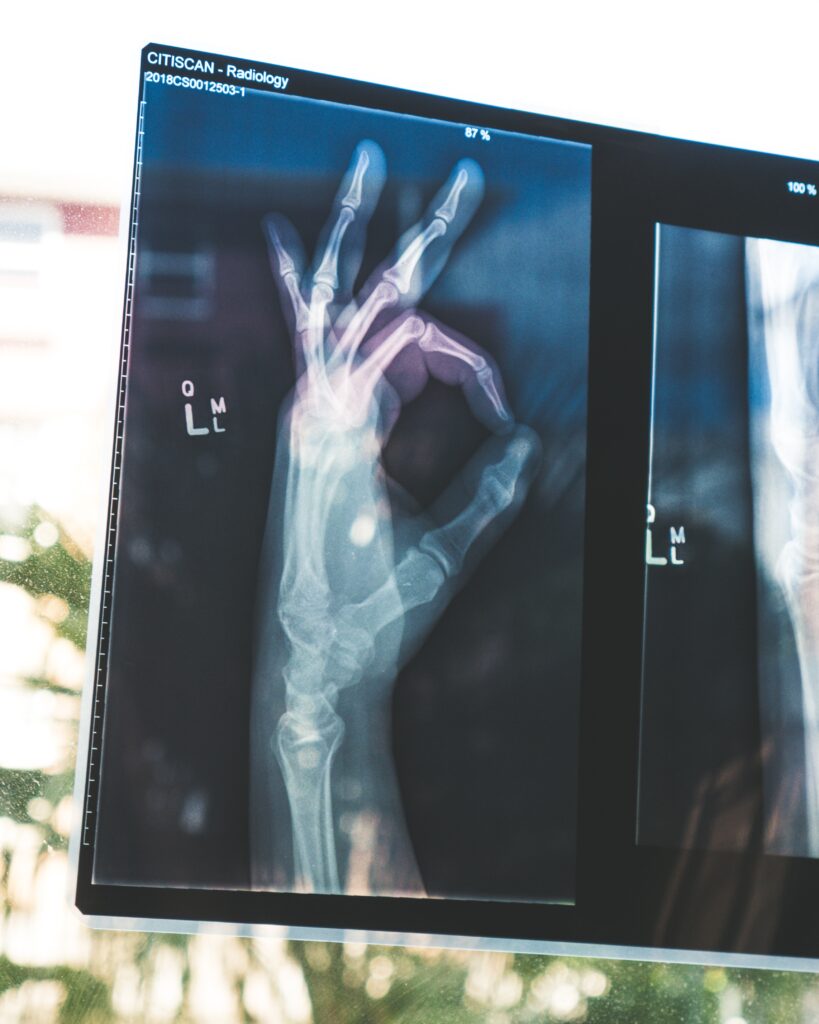In the quest to understand the ins and outs of various professions, here’s an attention-grabbing analysis: “Is Welding An Unhealthy Job?” Right away, you will get on board for an exploration of the health nuances of working as a welder. You will gain insights into the potential hazards, why they could be harmful, and how they can be mitigated to maintain wellness. Consider this a comprehensive guide to understand if the sparks of this profession also ignite health concerns!

Understanding Welding
If you’ve ever marveled at the structural integrity of a building or the smooth finish of a piece of metal furniture, you may have a welder to thank. But what exactly is welding?
Definition of Welding
Welding is a fabrication process that joins two or more parts, typically metals or thermoplastics, by applying high heat to melt the parts together and allowing them to cool, resulting in a strong joint. It’s a critical skill in several industries and allows us to create a broad array of commercial and industrial goods.
Common Types of Welding
There’s a vast range of welding types, with the most common ones being Arc Welding, MIG Welding, TIG Welding, and Flux-Cored Arc Welding. Each type has different applications and specifications, meaning it’s made for particular materials and situations.
Industries Where Welding is Required
You can find welding professionals across a multitude of industries. Construction, manufacturing, shipbuilding, aerospace, and automotive industries all utilize welding as a key part of their production processes.
Health Risks Associated With Welding
Like any profession, welding comes with a set of health risks. Awareness and understanding of these risks can better equip welders and their employers to mitigate them.
Thermal Burns and Eye Injury
Given the intense heat used in welding, thermal burns are a common injury. Additionally, the bright light produced during welding can cause severe eye injury, including flash burns.
Exposure to Dangerous Gases and Fumes
During welding, a variety of hazardous gases and fumes can be released. These can cause serious health problems, including respiratory illnesses and other occupational diseases.
Physical Strains
Welding often requires working in uncomfortable positions, which can lead to physical strains and musculoskeletal disorders over time.
Noise-induced Hearing Loss
The high levels of noise in welding environments can lead to hearing loss, one of the most common occupational health problems.
Mental Health Concerns
The high-stress nature of welding work, combined with the physical demands, can contribute to mental health issues such as anxiety and depression.

Impact of Gases and Fumes from Welding
Welding processes can generate a variety of hazardous fumes that can have a significantly pronounced impact on health.
Fume Contents
Welding fumes can contain a variety of potentially dangerous substances, including metal fumes and gases like carbon monoxide, nitrogen oxides, and ozone.
Respiratory Diseases
Prolonged exposure can lead to various respiratory diseases including pneumonia, occupational asthma, and other lung conditions.
Metal Fume Fever
This is a temporary condition that can occur after exposure to fumes from certain metals. Symptoms typically include flu-like symptoms and can last for a few days.
Cancer Risks
Long-term exposure to welding fumes can increase the risk of lung cancer and possibly other cancers as well.
Physical Strains in Welding
Constant physical stress is one of the significant health risks associated with welding.
Repetitive Strains
Welding often involves repetitive motions that can put a significant strain on muscles and joints, leading to repetitive strain injuries.
Risk of Musculoskeletal Disorders
Working in uncomfortable or awkward positions can increase the risk of developing musculoskeletal disorders such as carpal tunnel syndrome or lower back pain.
Hazards from Lifting Heavy Objects
Welders often need to lift or move heavy objects, which can lead to respiratory stress, fatigue and potential injuries from improper lifting techniques.

Risk of Burns and Injuries in Welding
Welding processes produce a considerable amount of heat and sparks, creating a risk for burns and injuries.
Sources of Burns
There are several sources of burns in welding: direct contact with hot surfaces or molten metal, sparks or spatter, and the intense light produced by the welding arc.
Protecting Yourself from Burns
Using appropriate personal protective equipment like fire-resistant gloves, clothing, and safety glasses can help protect against burns.
Common Types of Injuries in Welding
Most common injuries include burns, cuts, and injuries from falling objects or accidents caused by tripping or slipping.
Hearing Loss Associated with Welding
The noise level in welding environments can be harmful over long periods.
Noise Levels in Welding
The noise levels in welding work can vary significantly, but they often exceed safe limits, leading to both temporary and permanent hearing loss.
Long-term Hearing Damage
Prolonged exposure to high noise levels without adequate protection can result in tinnitus, permanent hearing loss, and other auditory issues.
Measures to Reduce Noise and Protect Hearing
Using noise-reducing technology, wearing earplugs or noise-cancelling headphones, and limiting the amount of time spent in high-noise areas can mitigate hearing damage.
Mental Health Concerns in Welders
High-stress professions like welding often have an impact on mental health.
Stress Factors in Welding
Factors such as long hours, high-stakes responsibilities, and physical demands often cause stress in the welding profession.
Depression and Anxiety
Although it may not be openly discussed, depression and anxiety are common among welders. These conditions can be caused or exacerbated by high levels of workplace stress.
Stigma and Mental Health Support
The welding profession often portrays a tough image, which can create a stigma around mental health issues. It is essential for employers to tackle this stigma and provide mental health support to their workers.
Implementing Safety Measures in Welding
The risks associated with welding can be significantly minimized through the implementation of safety measures.
Importance of Personal Protective Equipment
From safety glasses and gloves to flame-resistant clothing and boots, personal protective equipment (PPE) can help prevent most common injuries in welding.
Proper Training and Education
Being properly trained in using equipment, understanding safety protocols, and knowing first aid can keep both individual welders and their teams safer.
Ventilation and Fume Extraction Systems
Implementing adequate ventilation and fume extraction systems can significantly decrease exposure to hazardous welding fume exposure.
Role of Employers in Ensuring Welder’s Safety
The responsibility for ensuring welder’s safety lies heavily with their employers.
Legal Obligations of Employers
Employers are legally obligated to provide a safe work environment. This includes creating and implementing safety measures, providing personal protective equipment, and ensuring workers are trained in proper safety protocols.
Creating a Safe Work Environment
A safe work environment goes beyond just physical safety. Employers should also foster an environment where workers feel comfortable discussing safety concerns and mental health issues.
Providing Appropriate Tools and Equipment
Providing tools that are in good condition, regularly maintained, and designed for safe use can prevent many accidents and injuries.
Conclusion: Is Welding an Unhealthy Job?
Summarising the Health Risks
Like any job, welding does come with its health risks, including physical strain, exposure to dangerous fumes, potential for injuries, and mental health concerns.
Balancing the Risks with Proper Safety Measures
However, with proper safety measures, these risks can be managed and significantly reduced. This requires efforts from both individuals and employers.
Remaining Opportunities for Improvement
While significant strides have been made in improving welding safety, there remain opportunities for further improvement, particularly in raising awareness about mental health in the profession.
So, is welding an unhealthy job? It has the potential to be if proper precautions aren’t taken, but with the right knowledge and application of safety measures, it’s a profession that can be both safe and fulfilling.
